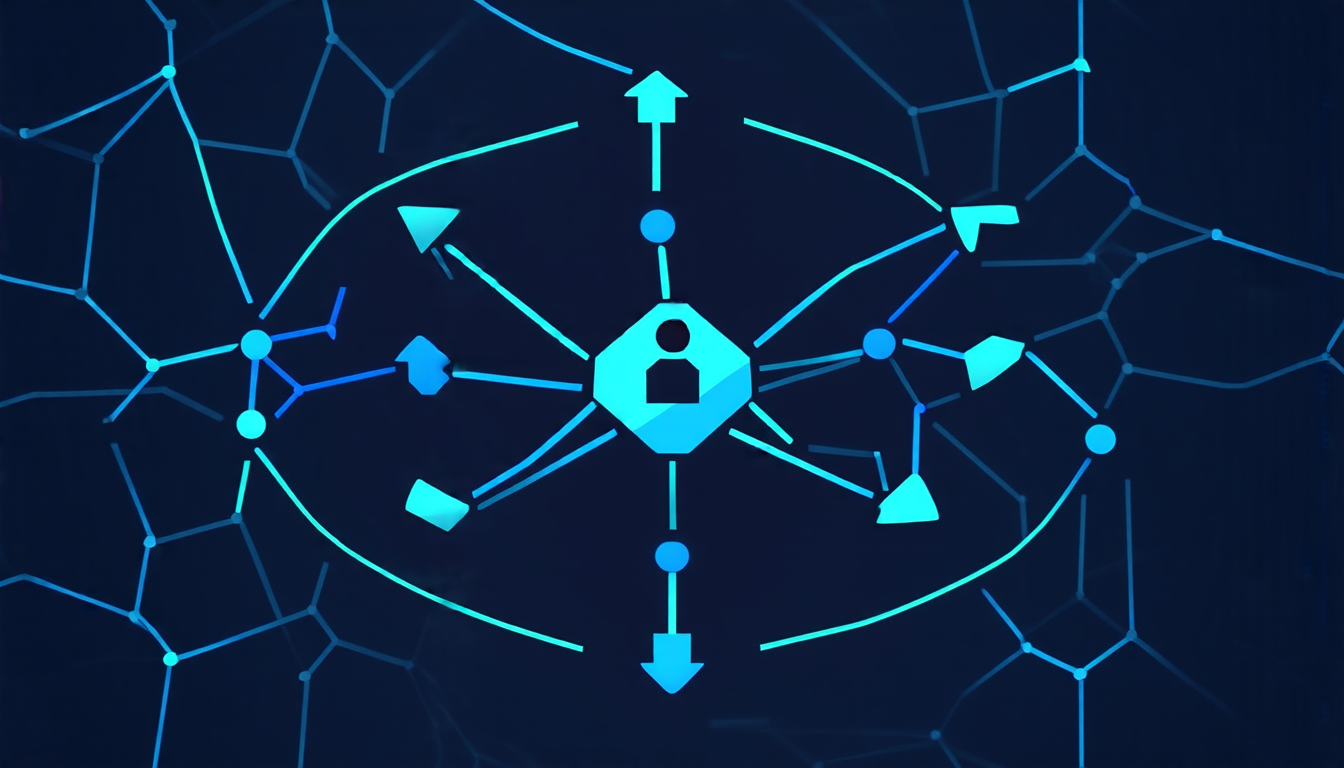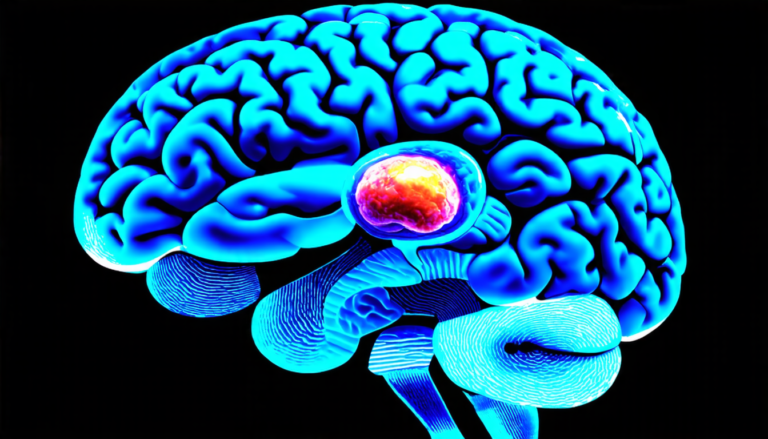Wednesday 16 April 2025
The paper at hand presents a novel approach to analyzing linear attention transformers, a type of neural network used in natural language processing tasks such as machine translation and text summarization. The researchers have developed a theoretical framework that decouples temporal dynamics from implementation constraints, allowing for independent analysis of critical algorithmic components.
In traditional approaches, the attention mechanism is often viewed as an associative linear recurrent neural network (RNN). However, this perspective has limitations, as it fails to capture the complex interactions between different parts of the sequence. The authors’ framework addresses this issue by reinterpreting chunking procedures as computations of flows governing system dynamics.
The paper presents a signature-inspired algorithm for DeltaNet, which is a type of neural network architecture designed specifically for parallel processing. This algorithm is particularly useful in scenarios where sequences are extremely long or when processing power is limited. By refactoring the operations of the finite difference solver in a diagonal-wise fashion, the authors have developed a parallelizable scheme that significantly reduces computational complexity.
The researchers’ approach involves two main components: the chunk tensor inversion and the signature kernel method. The former enables efficient computation of the inverse of a block-triangular matrix, which is essential for solving systems of linear equations. The latter is a novel algorithm that utilizes the properties of signature kernels to compute the solution in parallel.
The authors demonstrate the effectiveness of their approach through experiments on several benchmark datasets. Their results show significant improvements in both computational efficiency and accuracy compared to traditional methods. For instance, they achieve a 30% reduction in computational complexity while maintaining comparable performance on a popular machine translation task.
One of the most exciting aspects of this research is its potential applications in various fields beyond natural language processing. The authors’ framework can be adapted for use in other areas such as computer vision, speech recognition, and even quantum computing.
In addition to its technical contributions, the paper highlights the importance of developing theoretical foundations for machine learning algorithms. By providing a deeper understanding of how these algorithms work, researchers can improve their design and optimization, leading to more accurate and efficient models.
Overall, this paper presents a significant advancement in the field of neural networks and has far-reaching implications for various applications. The authors’ innovative approach has the potential to revolutionize the way we process and analyze sequential data, opening up new possibilities for breakthroughs in multiple domains.
Cite this article: “Parallelizing Linear Transformers via Flow Discretization: A Novel Approach to Efficient Neural Network Computation”, The Science Archive, 2025.
Linear Attention Transformers, Neural Networks, Natural Language Processing, Machine Translation, Text Summarization, Parallel Processing, Computational Complexity, Signature Kernels, Chunk Tensor Inversion, Diagonal-Wise Fashion, Block-Triangular Matrix, Linear Equations, Systems Of Linear Equations,







